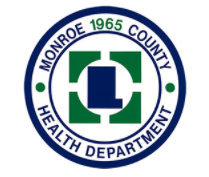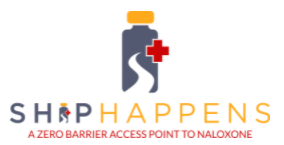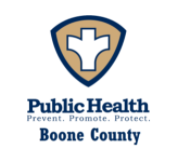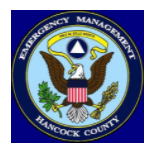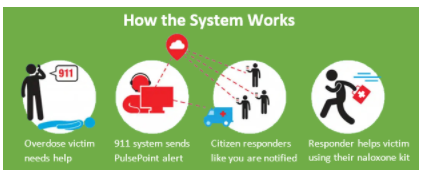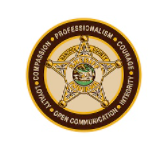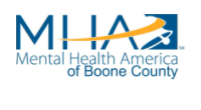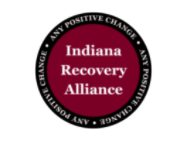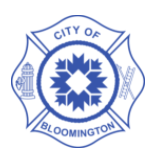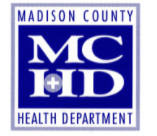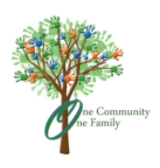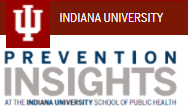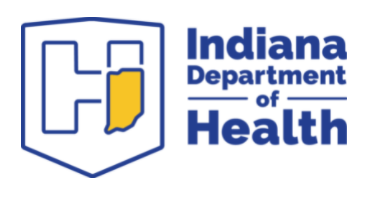Opioid Epidemic
Opioid overdoses are now so frequent, the CDC has called them an epidemic.
So, why are opioid overdoses such a big problem? Not only are opioids addictive and relatively easy to obtain, but when they are misused, and overdoses occur, a response must be quick – typically within 20-30 minutes – for lives to be saved. This is a challenge for emergency responders, especially so in rural settings (which are spread out) and urban environments (which can be congested). That’s where the Opioid Rapid Response System (ORRS) comes in.

ORRS recruits citizen responders, using science-based recruitment methods.
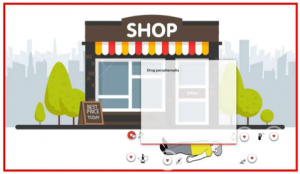
ORRS trains citizens using engaging, interactive, science-based pedagogy.

ORRS capitalizes on a medical app called PulsePoint, which in this project, notifies nearby citizens whenever an opioid overdose occurs.
So, what is next?
REAL Prevention is recruiting counties that have PulsePoint and want to be involved in a large- scale clinic trial evaluating ORRS. If you are interested in implementing ORRS in your community, please contact Dr. Michael L. Hecht.
ORRS is supported by the National Institute on Drug Abuse of the National Institutes of Health under Award Number R41DA053078. The content is solely the responsibility of the principal investigators (Hecht, Henderson, Jayawardene) and does not necessarily represent the official views of the National Institutes of Health.

